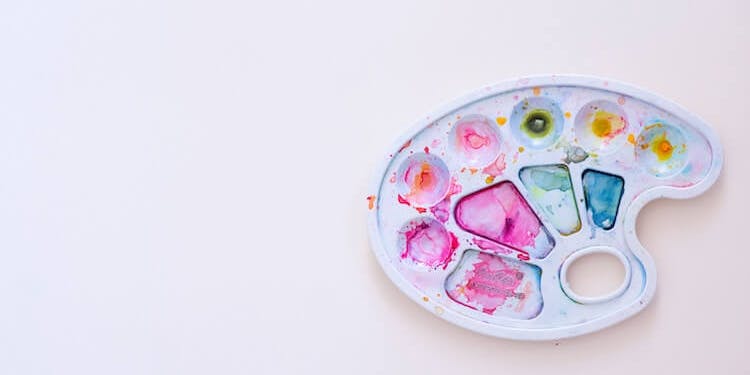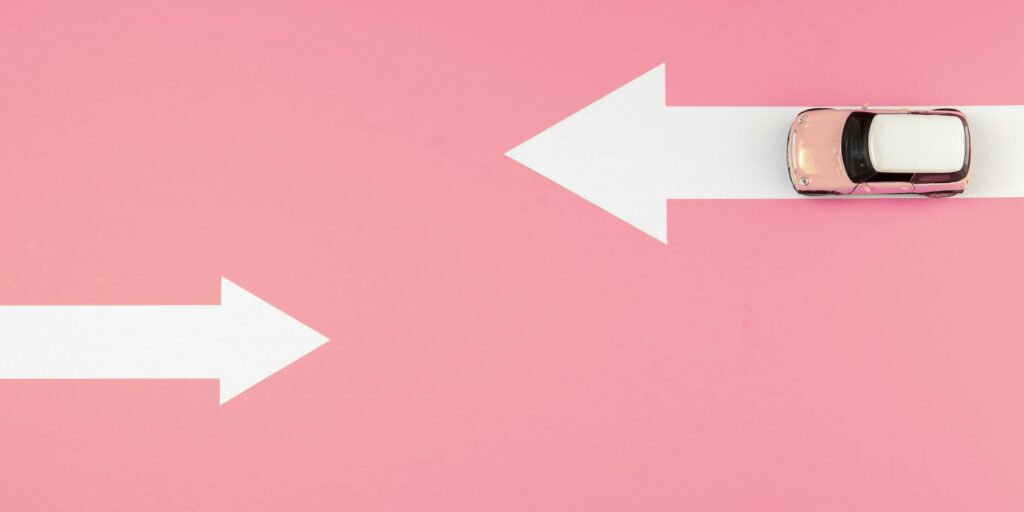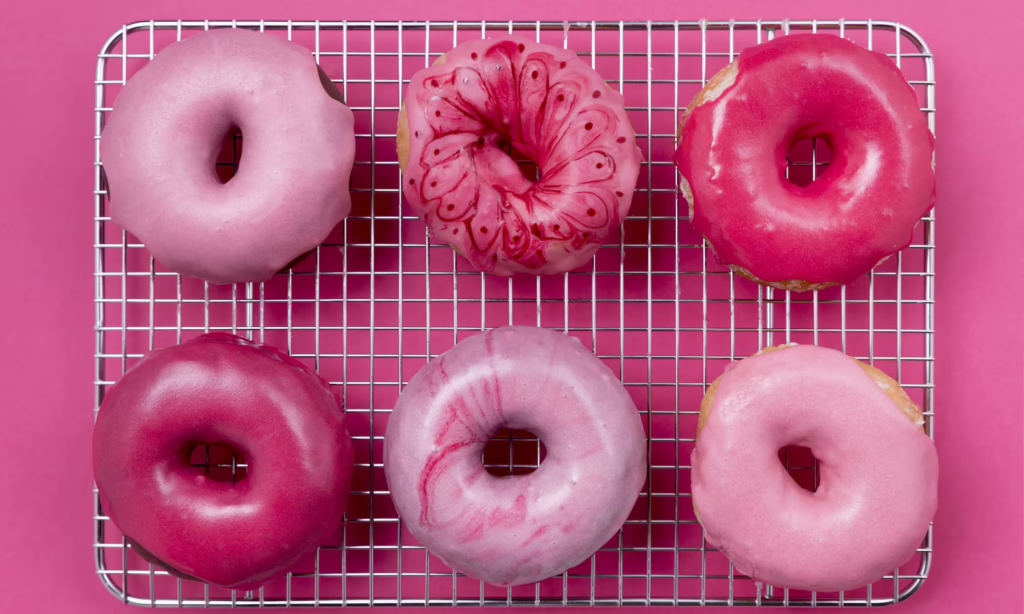Colors are more than just visuals—they shape perception, trigger emotions, and influence user behavior in web design. This post explores how color psychology can enhance websites and improve conversions.

Colors are powerful. They can calm, excite, create trust, or even push a visitor to make a purchase. In web design, color choices go beyond aesthetics—they are part of the brand’s identity and user experience strategy. Every hue and shade can evoke emotions that influence how a visitor feels about a website.
Psychologists have long studied how different colors affect people. For instance, red is associated with urgency and passion, while blue often represents stability and trust. In web design, these associations can help brands communicate values instantly without words.
Web designers must strike a balance between aesthetics and usability. Too many colors can overwhelm users, while too few may leave a site looking bland. Strategic color use ensures that essential elements like navigation menus, CTAs, and forms stand out.
Colors influence conversion rates significantly. A red “Buy Now” button may perform better than a blue one depending on the audience. Testing different palettes allows brands to see which color combinations resonate most with their users.
Color psychology isn’t about following strict rules—it’s about understanding human behavior and applying it thoughtfully. By using the right colors, brands can create more engaging, trustworthy, and conversion-friendly websites.



